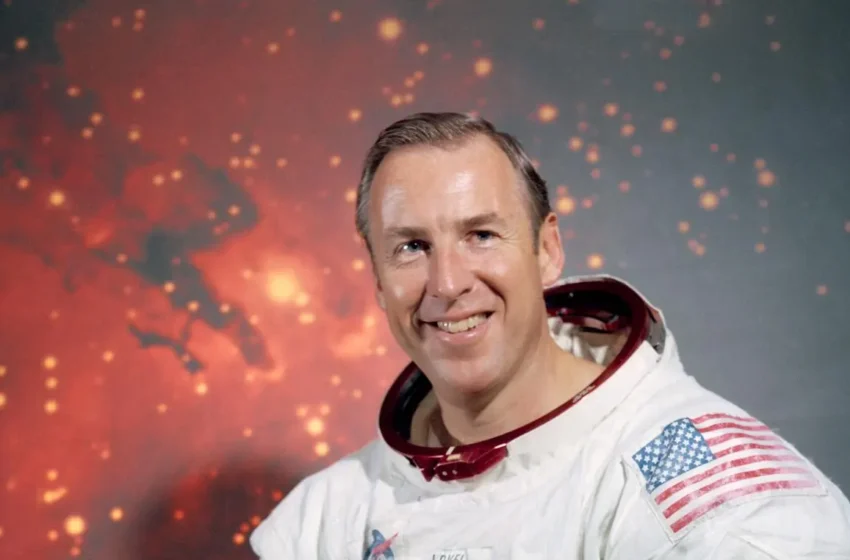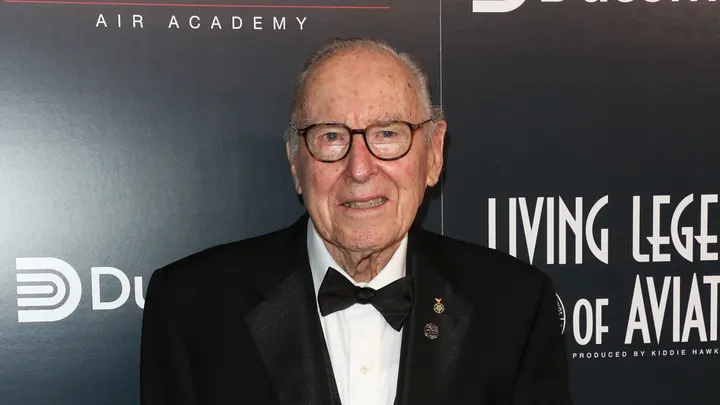Jim Lovell: All the space missions flown

Apollo 13 commander Jim Lovell, whose calm leadership turned NASA’s greatest space crisis into a story of survival, has died at 97.
James “Jim” Lovell stands as one of NASA’s most celebrated astronauts, a man whose career spanned some of the most groundbreaking and challenging moments in space exploration. Over his time with the agency, Lovell flew on four space missions, logging more than 715 hours in space and playing a pivotal role in shaping the history of human spaceflight. His missions, Gemini 7, Gemini 12, Apollo 8, and Apollo 13, were a mix of historic firsts, technical achievements, and near-disasters that tested human endurance and ingenuity.
Gemini 7: A 14-Day Space Endurance Test
Lovell’s first trip to space came in December 1965 aboard Gemini 7, alongside fellow astronaut Frank Borman. This mission was designed to push the boundaries of human endurance in space, with a record-setting 14-day stay in orbit.
The crew’s objectives included testing the effects of long-duration space travel on the human body, conducting rendezvous experiments, and preparing for future Apollo missions to the Moon. Gemini 7 also played a historic role in the first-ever space rendezvous with Gemini 6A, proving that two spacecraft could maneuver and station-keep in orbit, an essential skill for lunar missions.
Gemini 12: Mastering Spacewalks
In November 1966, Lovell flew his second mission, Gemini 12, this time with Buzz Aldrin as his crewmate. The mission’s focus was on perfecting extravehicular activity (EVA), or spacewalking, which had been a major challenge in previous flights.
Buzz Aldrin conducted three successful spacewalks, with Lovell piloting the spacecraft and ensuring precision maneuvers. The mission’s success proved that astronauts could work effectively outside their spacecraft, a breakthrough that paved the way for Apollo lunar exploration.
Apollo 8: Humanity’s First Trip to the Moon
Lovell’s third mission, Apollo 8, was one of the most significant in human history. In December 1968, alongside Frank Borman and Bill Anders, Lovell became one of the first three humans to travel beyond Earth orbit and circle the Moon.
The mission tested the Apollo spacecraft in deep space, verified navigation techniques, and provided humanity with the now-iconic “Earthrise” photograph. Apollo 8’s success was a crucial step toward the Apollo 11 Moon landing in 1969, and Lovell’s role as Command Module Pilot was instrumental in its flawless execution.
Apollo 13: Lovell’s Final and Most Famous Mission
Perhaps the most famous of Lovell’s missions, Apollo 13 in April 1970 was intended to be the third Moon landing. However, an oxygen tank explosion crippled the spacecraft, forcing Lovell and his crew, Fred Haise and Jack Swigert, to abort the lunar landing and focus on survival.
Lovell’s calm leadership, quick problem-solving, and teamwork with NASA’s ground control turned what could have been a tragedy into a “successful failure.” The crew returned safely to Earth after a tense, resourceful journey that has since been immortalized in books and films, including the Oscar-winning “Apollo 13,” in which Tom Hanks portrayed Lovell.
READ ALSO
Tom Hanks honors Jim Lovell: A tribute to the Apollo 13 Commander
Legacy of a Spaceflight Pioneer
Jim Lovell is one of only three people to fly to the Moon twice, though he never set foot on its surface. His four missions spanned the most daring years of space exploration, testing new technologies and pushing human limits.
From enduring two weeks in the cramped Gemini capsule to navigating a crippled Apollo spacecraft through space, Lovell’s contributions to NASA’s achievements are immeasurable. His legacy remains an enduring example of courage, skill, and dedication in the face of the unknown.


